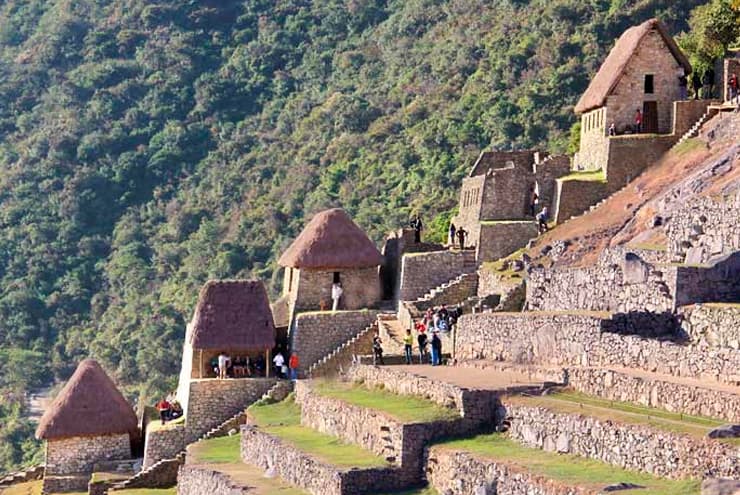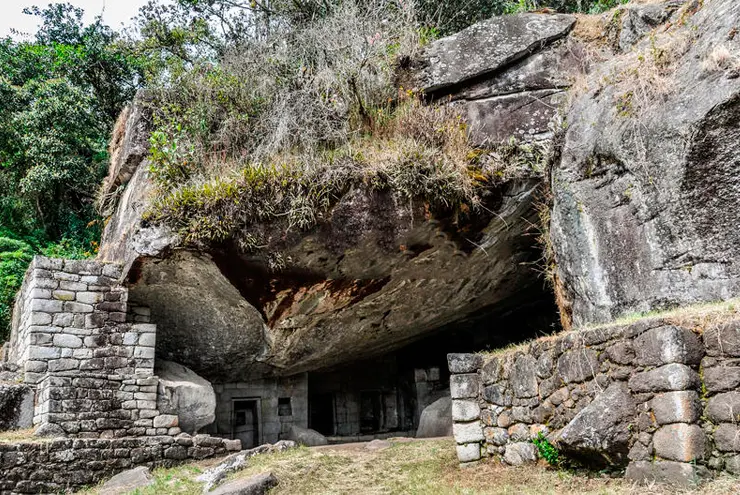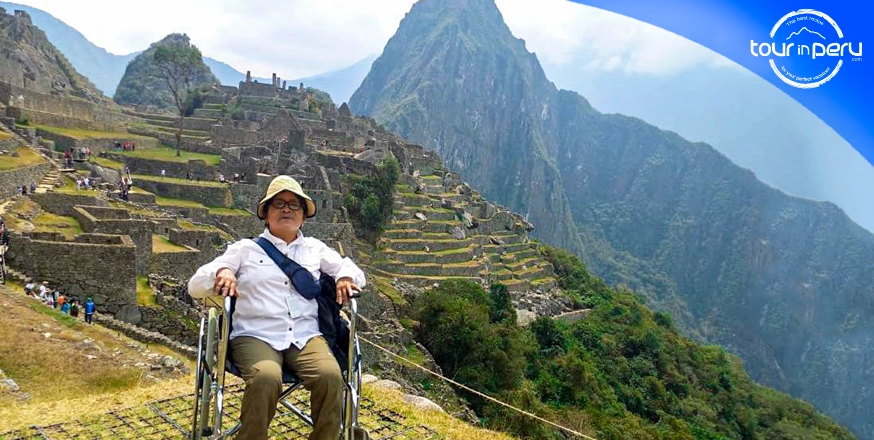Some of the world’s mysteries are staring us in the face, like the ancient citadel of Machu Picchu, located some 8,000 feet above sea level in Peru. It’s a beautifully intact specimen of ancient ruins, but the details are lost with the memories of the ancient people that used to live there.
The first stunning detail about the city is that it was constructed without mortar. An oft-cited fact is how the bricks and stones are so tightly fit together that not even a knife will slip between them. It’s actually more extreme than that. A sheet of paper won’t fit between them either.
This mode of construction allowed the citadel a measure of flexibility. The area is prone to earthquakes. The stones and bricks would be able to move, but they wouldn’t topple over.
The genius of the builders is also found in the many steeped, agricultural terraces that boosted planting space and provided a solid defense against flooding.

Machu Picchu’s distinction as one of the most important and iconic archaeological sites in the world is well earned. But it doesn’t reveal much about the city’s origins. We still don’t know anything about why it was built or how it was used before it was abandoned in the early 16th century.
As far as ancient Inca sites go, Machu Picchu is very unique and unusual. It’s too big to be a local settlement and it’s too small and lacking the right structure to have been an administrative center for the Inca Empire.
If there aren’t that many answers in the remains of the city, maybe there are a few answers to be found in the remains of some of the people that would have inhabited Machu Picchu.
Dr. Bradley and a team of researchers will be the first to analyze the genomes of the remains from more than 170 persons buried at the site.
The researchers hope to better understand the functional role of Machu Picchu and its residents, as well as patterns of migration, diversity, and labor diaspora in the Inca Empire. The key is sequencing the skeletons’ ancient DNA.

Part of the studies began with some of the bones brought back from Peru by the man who is credited with re-discovering the ancient city, Hiram Bingham. He brought back bones and other artifacts with him in the summer of 1911.
These items remained at the Yale Peabody Museum until 2012 when everything was sent back to Peru. But before the bones could go back to their original resting place, Dr. Bradley and her colleagues scrambled to collect DNA samples from the ancient bones.
With the aid of a grant, the researchers used the best technology at the time to re-sequence the human DNA they salvaged.
The best way they would be able to know if they were on the right track was to have two different researchers in two different labs reach the same conclusions.
The burning hypothesis among researchers at the time was if Machu Picchu was meant to be some sort of royal retreat, such as what Camp David is for the White House of the United States. Perhaps a place where Inca Emperor Pachacuti would have visited and held diplomatic meetings.

The archaeology of Machu Picchu suggests that the people that resided there were crafts specialists that had been hand-picked from across the empire to work in the citadel. The best of the best collected to work for… who knows.
You can have the best of the best licensed tour operators book your trip to Peru and to Machu Picchu. Contact TOUR IN PERU to see the handiwork of those ancient professional craftsmen.







